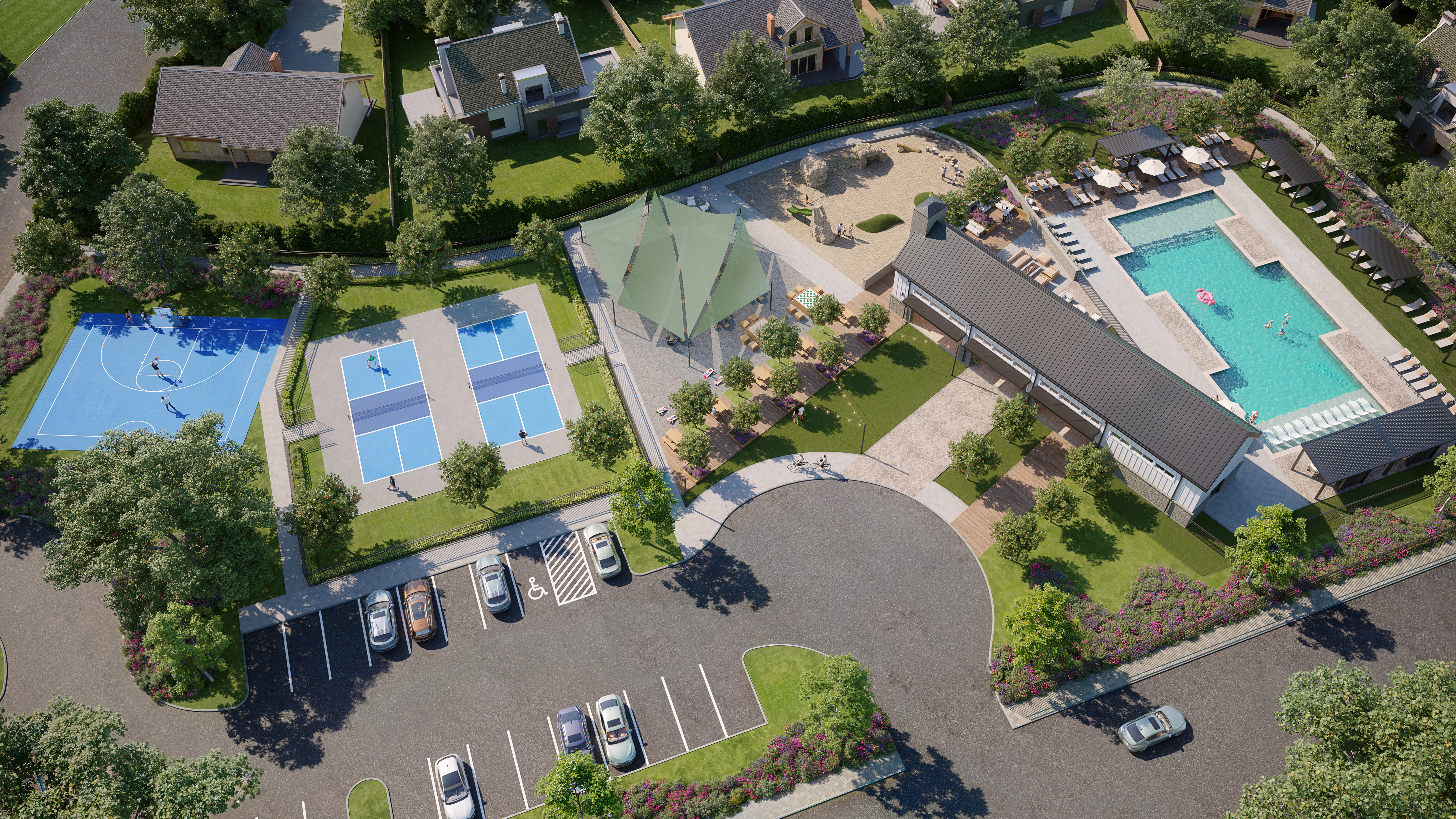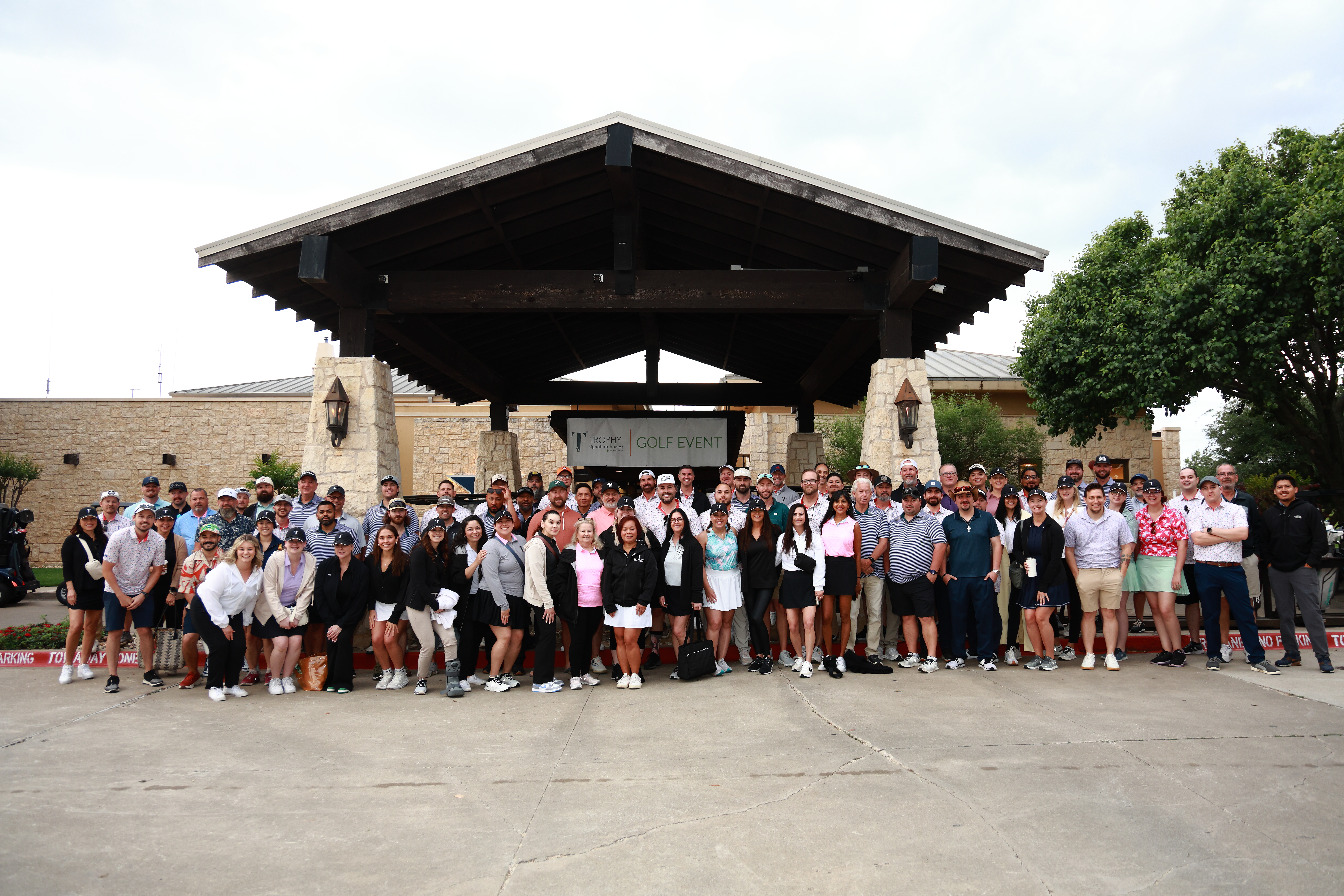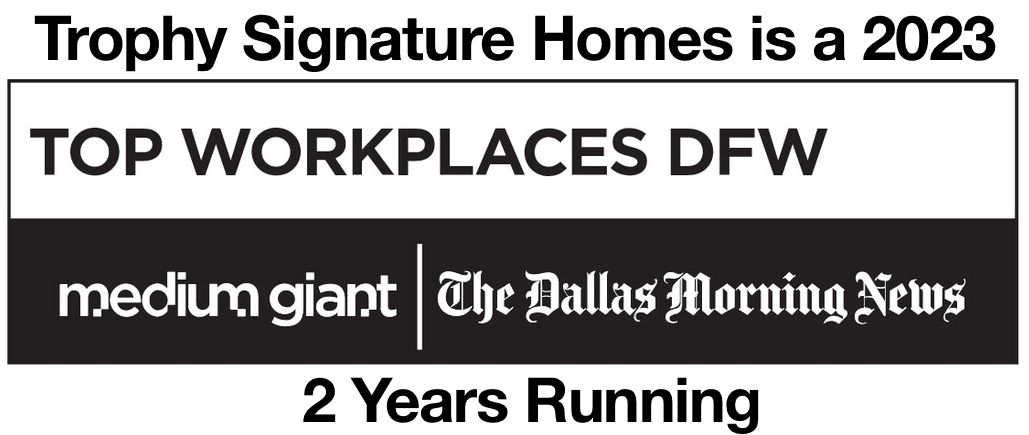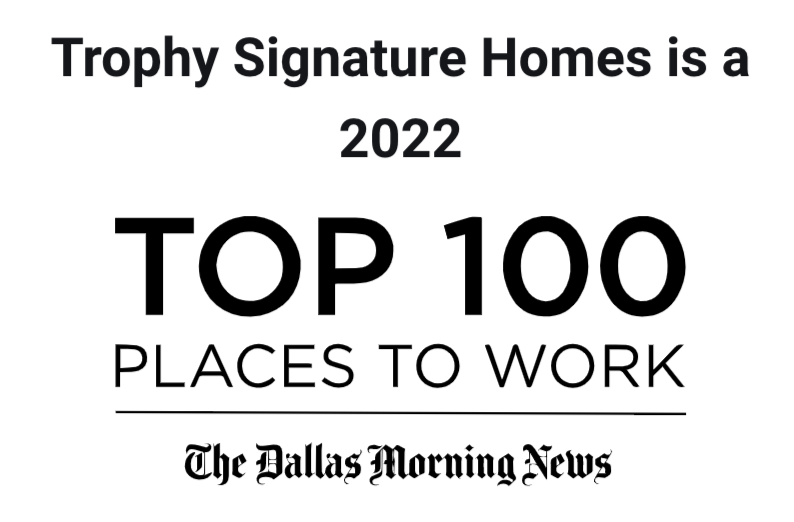Blog

September 11, 2025
First-Time Homebuyer Down Payment Guide
Buying your first home is an exciting milestone, but the path to getting those keys can feel filled with questions. One of the biggest questions on every future homeowner's mind is: "How much do I really need for a down payment?" The good news is that the old 20% rule isn't your only option. Your down payment journey is personal, with a variety of paths to get you into a home you love.
This guide will walk you through everything you need to know. We’ll break down different loan types, explore assistance programs, and help you create a clear financial picture. Let's get you one step closer to your front door.
Understanding the Down Payment
So, what exactly is a down payment? It’s the portion of the home's purchase price you pay upfront in cash, while the rest is covered by your mortgage loan. This guide from the Consumer Financial Protection Bureau (CFPB) explains the basics of down payments if you want a deeper dive. For example, if you buy a home for $350,000 and make a 10% down payment, you would pay $35,000 out of pocket, and your loan would be for the remaining $315,000.
Lenders see your down payment as your initial investment in the home. A larger down payment often means less risk for the lender, which can lead to a lower interest rate and more favorable loan terms for you. But here’s a breath of fresh air: many successful first-time homebuyers get their start with much less than 20%.
How Loan Type Affects Your Down Payment
The amount you need to put down is heavily influenced by the type of mortgage you secure. Saving for a down payment can feel like the biggest hurdle, but you don't have to do it alone. Many national and local programs are designed specifically to help first-time buyers.
Down Payment Assistance (DPA) Programs
DPA programs offer grants or low-interest loans to help cover your down payment and closing costs. These are often offered by state or local housing authorities.
- · Grants: This is free money you don't have to pay back.
- · Forgivable Loans: These are loans that are forgiven over a set number of years, as long as you continue to live in the home.
- · Deferred-Payment Loans: You don't have to make payments on this loan until you sell or refinance the home.
Check with your state's housing finance agency to see what programs are available in your area. These resources are designed to make homeownership a reality for more people.
Don’t Forget About Closing Costs
Your down payment is the largest upfront expense, but it isn't the only one. You also need to budget for closing costs. These are the fees associated with finalizing your mortgage and transferring ownership of the property.
Closing costs typically range from 2% to 5% of the home's purchase price. They can include:
- · Loan Origination Fees: Charges from the lender for processing your loan.
- · Appraisal Fees: The cost to have a professional appraiser determine the home's value.
- · Title Insurance: Protects you and the lender from issues with the property's title.
- · Home Inspection Fees: The cost to have a professional inspect the home's condition.
- · Prepaid Expenses: Such as property taxes and homeowner's insurance.
When you're saving, be sure to set aside funds for both your down payment and these additional costs.
Your Path to Homeownership
Buying your first home is a major achievement that builds long-term wealth and gives you a space that is truly yours. While the financial details can seem complex, remember that you have options. From low-down-payment loans to assistance programs, the resources are there to support you.
Start by exploring your budget, researching loan options, and looking into local DPA programs. Your dream home is within reach.
Ready to take the next step? Explore our resources and discover floor plans designed for modern living. Your journey home starts here.





